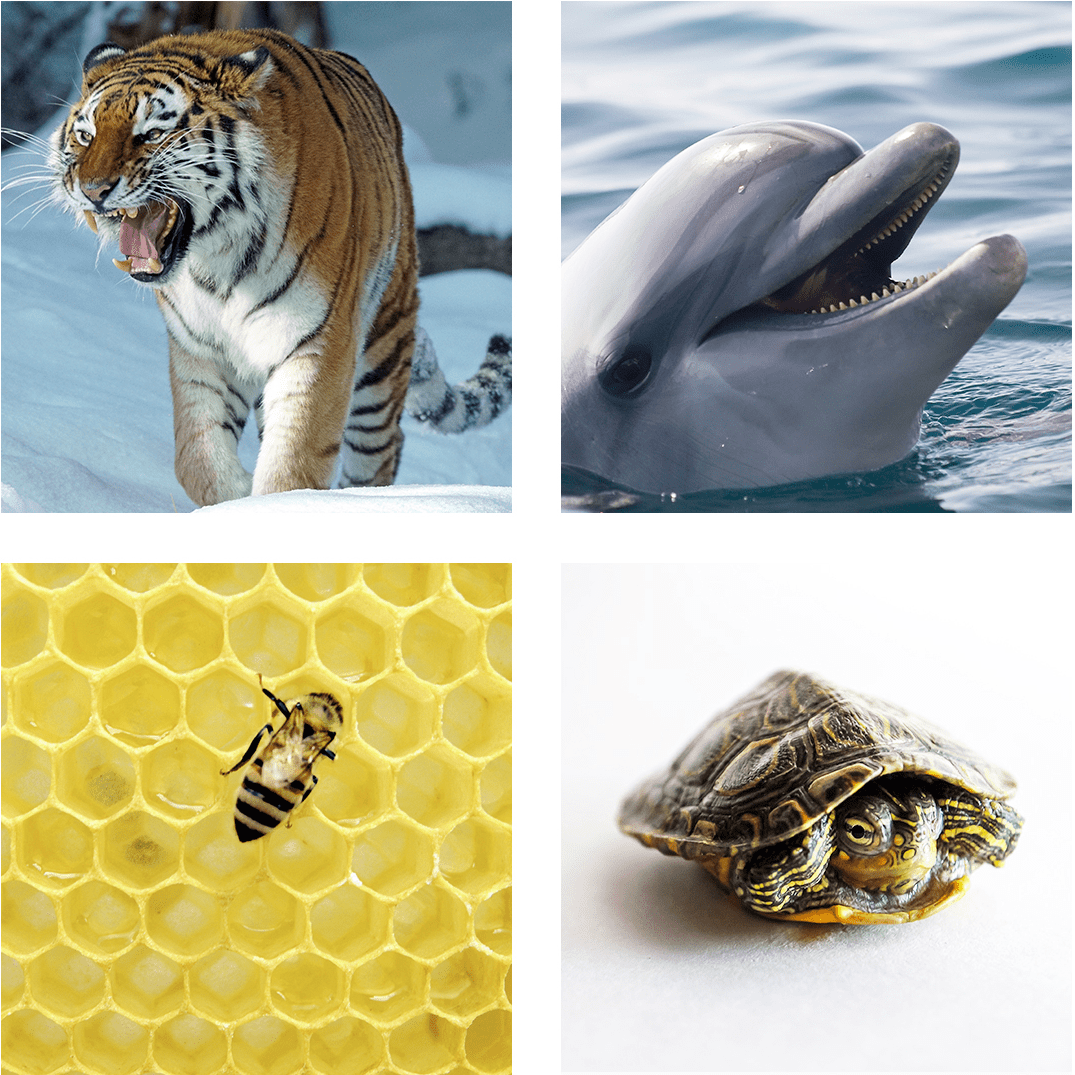Certain people really drive me crazy
It is not easy to describe how difficult it is for me having to work with people who communicate in an incredibly impressive and inspiring way, but then do not walk the talk. But I will give it a try.
People like that drain my energy because they promise things and then simply do not fulfil them. At least I see it that way. Why do they promise things that they don’t keep? Why don’t they say “no” straight away instead of agreeing to a plan they cannot stick to? And when you confront them about it, they have a thousand reasons why it is definitely not their fault, but yours. And at the end of the confrontation, the icing on the cake is: “We dod not agree on that.”, “Chill.” “Why are you so aggressive?” That’s when I have to take a very deep breath.
Under stress I would prefer working with mini mes
I am very honest. I would prefer to simply avoid these types of people in a working environment. But that’s an illusion. I seem to literally attract people like that.
There have been several strategies I have really tried in the past to better get along with such people under stress, because without pressure and deadlines, communication is enriching and harmonious. But under pressure, with a specific schedule, tensions and differences arise.
So what have I tried? Endless (pointless) discussions, ignoring them, writing lists for the other person, controlling, fleeing, over-adapting, simply doing the tasks myself, trying to change the other person. Unfortunately, there was not a single strategy that was sustainable for getting ahead and solving challenges. Above all, I came to the realisation that changing the other person when they don’t want to change certainly does not work.
And only working with mini-mes – as I soon realised – didn’t seem to be effective either, as I am honest: these people, who tick so differently, also have strengths that I perhaps don’t cover as much myself.
The annoying colleagues – a dilemma in everyday working life
So what does all this have to do with organisations? Well, energy is lost when there is friction between colleagues. Because when people who should and must work together on a task have difficulties collaborating and adhering to the rules of the game, complaints and chaos ensue. Enormous costs are inevitable. This type of frictional loss not only costs time and nerves, but above all money. And even if these costs are not measured, they certainly prevent productivity and a successful or timely project fulfilment. And at the end of this chain, there is usually a lot of blaming that certainly does not solve the actual problem.

Diversity promotes creativity
Nobody said that it’s easy to work with people who tick differently under stress. Diversity in cooperation promotes creativity, but can be quite annoying and exhausting in everyday life. To put it exaggeratedly: some people are flexible and good at socialising and others are brilliant at planning, analysing and focusing on tasks, making a congenial duo, but only if they learn to deal with each other more effectively. Because creative solutions and realisation require different strengths and skills! So it’s not either/or, but as well/as.
The only way to escape these endless loops and the anger was to stop and rethink my behaviour and my way of communicating. Yes, in my ideal world everyone wants to improve , but not everyone in the team is always willing to pull in the same direction.
So I had no choice but to learn why certain behaviours are so alien to me. To recognise how some people tick differently and to learn how I can deal with this more effectively. How to remain resilient and calm in the face of accusations and still fight for important issues. That was the start of the development of the Stress Types-Guide.

So how can we make better progress?
Basically it’s quite simple. Because where there’s a will, there’s a way, which is of course the prerequisite for progress. Here are the steps that help – as experimentation over the last decade has shown:
- Take responsibility for the problem: the frictional losses may also have something to do with me.
- Use the Stress Types-Guide to understand how I think the other person ticks under stress if their behaviour is strange to me and annoys me.
- Learn the dos and don’ts in communication and how to deal with this stress typology with the Stress Types-Guide.
- Approach the other person and dare to experiment and try out what you have learnt, i.e. leave your comfort zone and try out new things.
- Reap the rewards.
Because as the saying goes: “The definition of insanity is doing the same thing over and over again and expecting different results.”
So why make working together more difficult than necessary? Why not use the support that is available to de-escalate, move forward and celebrate success?
We also use this guide ourselves when working with others – both privately and professionally – and in many of our coaching sessions and workshops. And the knowledge of the personality types: tigers, bees, dolphins and turtles has already helped us and many people. I can now work better with people who have different strengths to me (even if it is exhausting at times 😊). And most people don’t lapse into extremes anymore, but are definitely enriching team colleagues, if they are dealt with in the right way.
So here are the dos and don’ts of the Stress Types-Guide:
Author’s profile
Dr. Gabriele Lang is Managing Director of UP’N’CHANGE GmbH, a solution provider for digital learning- and development tools. The founder of one of Austria’s most influential consulting start-ups (EU Startup News, 2024), develops digital and hybrid solutions with her team to support people and organisations in their development and make them fit for the future. The pioneer, with a doctorate in psychology sees digital formats as a sustainable way to strengthen emotional skills and thus increase resilience, collaboration and creativity.